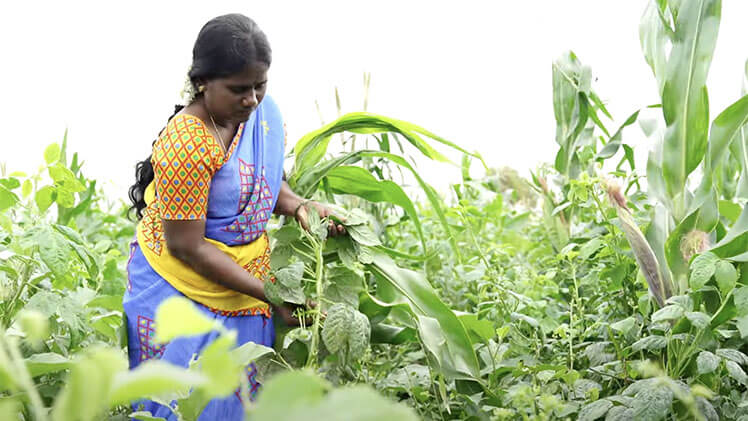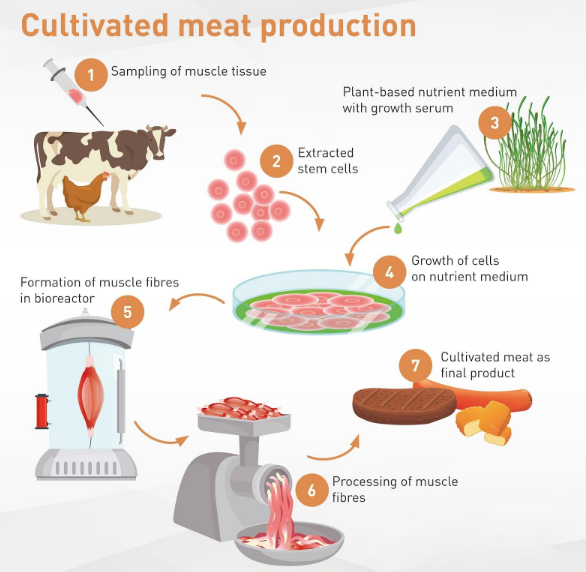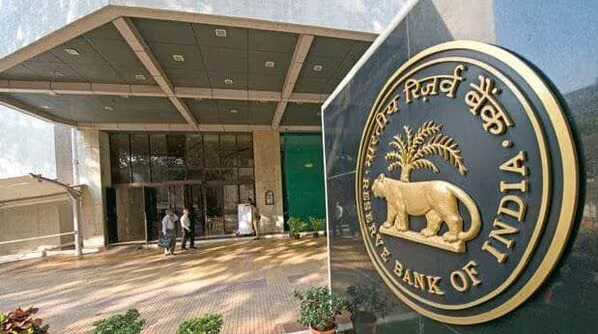
A study done by the Food and Agriculture Organization (FAO) FAO with help of the state government of Andhra Pradesh has brought out the viability aspects of natural farming as a model agriculture. As part of the extended research on sustainable agriculture known as the ‘AgroEco2050’ study, natural farming is expected to provide twice as many possibilities for employment in agriculture by 2050 compared to industrial farming. This model has already seen the light of day in Andhra Pradesh and in some other states like Karnataka, Himachal, Gujurat, Uttar Pradesh and Kerala.
The types of farming that are free from chemical use are known as agroecological farming or natural farming. All sources of synthetic fertilizer and pesticide are ruled out and focuses on the ability of on farm biomass recycling such as mulching and pest management through the reduction of crop diversification. The raw materials which are key components of this model include desi cow dung and urine, which enhance low cost farming and that is environmentally friendly.
According to the FAO analysis, there are a number of benefits that association with natural farming brings. According to this model, by 2050 the agro-food system will directly involve 10 million farmers, that is, twice as many as industrial agriculture draws. This expansion would employ the unemployed because, according to conventional agriculture, unemployment could be as high as 30% while with natural farming, it is only 7%. Further, it seeks to enhance the yields of the farmers I reducing cost of production and a better market price for fresh andGANIC vegetables and fruits. The model this pointed that the INDCs could reduce the income disparity between farmers and non-farmers by half from 62 percent y ear 2019 to as low as 22 percent in the year 2050.
Thus, natural farming also signifies solutions to some of the most intensive concerns of environmental and social issues such as soil health decline, water shortage, and rural demoralizing. The said model conforms to India’s co-developmental vision of sustainable development and climate protection and opens a blueprint for augmenting food security conservation of natural resources.
Relevance: This topic is important for SSC and UPSC aspirants under the themes like organic farming, nature protection, and rural upliftment. To a large extent, the argument underlines stewardship and sustainable methods in dealing with both agricultural and socio-economic dilemmas.
Chat With Us


 world toilet day 2024 sanitation peace stability
world toilet day 2024 sanitation peace stability FSSAI Regulations Lab Grown Meat India
FSSAI Regulations Lab Grown Meat India India Greece Collaboration IMEEC Global Connectivity
India Greece Collaboration IMEEC Global Connectivity Andaman Nicobar Tuna Export Blue Economy
Andaman Nicobar Tuna Export Blue Economy Largest Coral Colony Discovered Solomon Islands
Largest Coral Colony Discovered Solomon Islands RBI Update Classification Systemically Important Banks
RBI Update Classification Systemically Important Banks Argentina Exit COP29 Climate Summit
Argentina Exit COP29 Climate Summit Basic Countries Climate Finance Commitments
Basic Countries Climate Finance Commitments India Top 10 Global Intellectual Property Ranking 2024
India Top 10 Global Intellectual Property Ranking 2024






